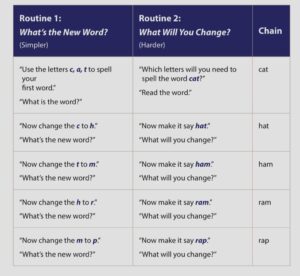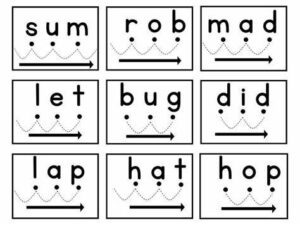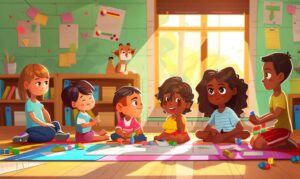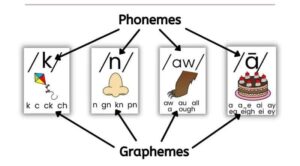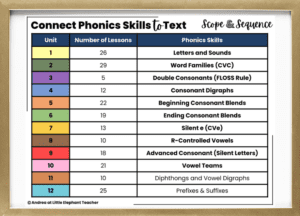Notes from Shifting the Balance: 6 Ways to Bring the Science of Reading into the Balanced Literacy Classroom
Shift 1: Rethinking How Reading Comprehension Begins
Misunderstanding 4: Successful comprehension in beginning reading texts means that reading comprehension is on track.
Because beginning readers usually have listening comprehension skills that exceed the demands of the first simple texts, they are able to read and answer basic comprehension questions —even with weak language skills.
Therefore, comprehension problems stay hidden until later grades when the complexity of texts exceeds the limits of a child’s listening comprehension.
As mentioned before with the Simple View of Reading (SVR) both components —Word Decoding x Listening Comprehension— are needed for strong reading comprehension, and this is illustrated in a study done involving struggling readers.
The outcome showed that children who struggled reading but knew a lot about baseball outperformed their peers who were proficient readers but knew little about baseball.
This means that in the early years of reading when texts are below listen comprehension capacity, we must stretch the limits of listening comprehension through oral language development and knowledge building.
You can do this easily through read-aloud, storytelling, use of complex vocab, experiential learning, and meaningful conversations.
How to maximize early listening comprehension so that later reading comprehension interventions are not necessary
To do this you can implement a few high-leverage instructional routines to build language.
Use interesting words:
Don’t water down language in the classroom, use big and strong vocab to plant seeds in students’ brains and make them feel respected. Children are like sponges and every new word you introduce to them increases the chance of them developing an understanding of it, trying it out, and even recognizing it when they encounter it.
You can do this with practical language like gather or assemble on the carpet instead of come or go, observe vs. watch, simultaneous vs. same time, etc…
Interactive Read-Aloud:
Bridges spoken and written language with a conversational guided experience and more complex and formal language of books.
- Choose a text with complex ideas, words, and language structures
- Preview texts for interesting and unfamiliar vocab
- Use parenthetical explanations on the run for high utility and valuable vocab
- Plan for meaningful conversation points in the texts
- Use turn-and-talk practice
Repeating and Expanding
Use a dialogic conversations tool which includes: Engaging, repeating, and expanding.
Example:
Engage: What was your favorite part of the book?
“When the mouse saves the line.”
Repeat: “Oh, when the mouse saves the lion!”
Expand: “That was surprising!”
Engage: “How do you think the mouse felt?”
Dialogic Conversation Tips:
- Adjust your responses and language based on the age of the child
- Make your conversation authentic. Show interest in the child, the conversation, and/or text
- Be intentional! This process is simple to understand but takes intentionality and practice
<Read Part 2: The Simple View of Reading (SVR)
Read Part 4: Why Phonological Awareness Does NOT Occur Naturally>

